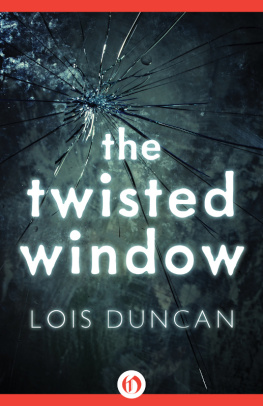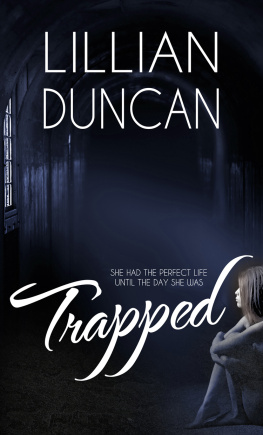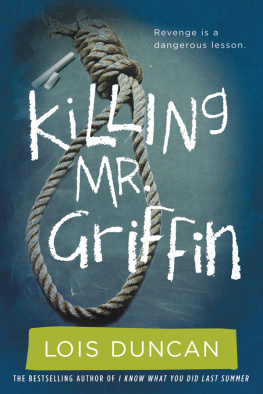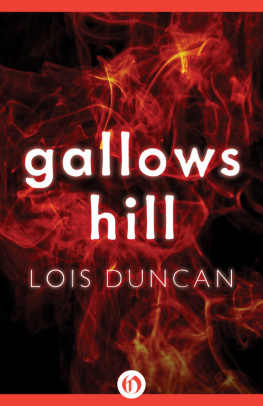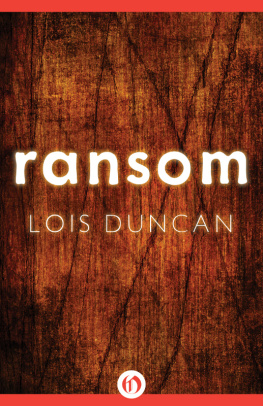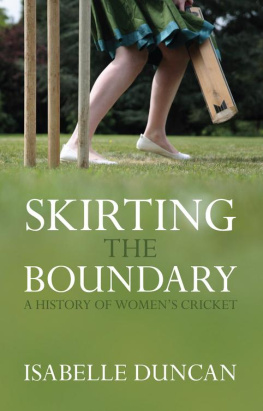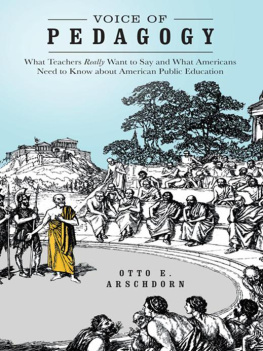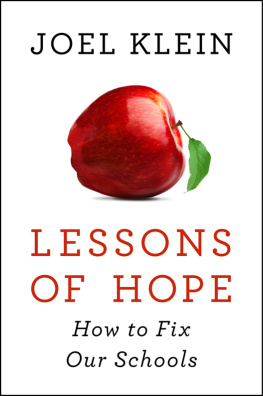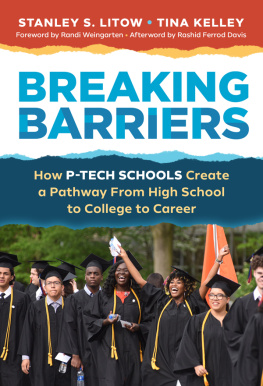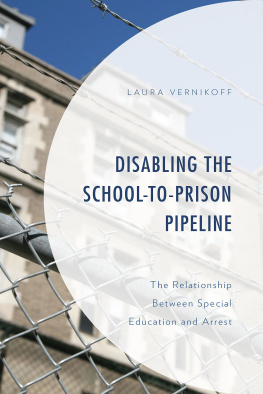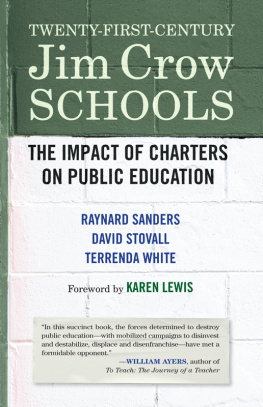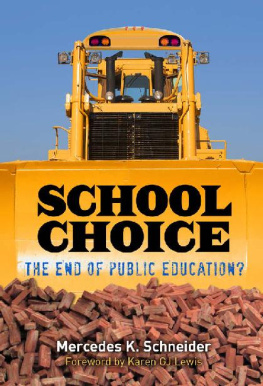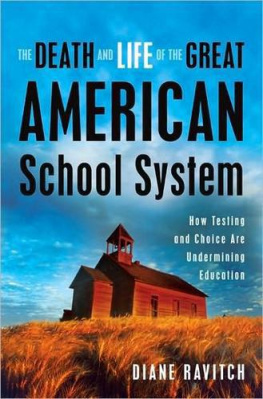Thank you for downloading this Simon & Schuster ebook.
Get a FREE ebook when you join our mailing list. Plus, get updates on new releases, deals, recommended reads, and more from Simon & Schuster. Click below to sign up and see terms and conditions.
CLICK HERE TO SIGN UP
Already a subscriber? Provide your email again so we can register this ebook and send you more of what you like to read. You will continue to receive exclusive offers in your inbox.
We hope you enjoyed reading this Simon & Schuster ebook.
Get a FREE ebook when you join our mailing list. Plus, get updates on new releases, deals, recommended reads, and more from Simon & Schuster. Click below to sign up and see terms and conditions.
CLICK HERE TO SIGN UP
Already a subscriber? Provide your email again so we can register this ebook and send you more of what you like to read. You will continue to receive exclusive offers in your inbox.
AUTHORS NOTE: This book is a memoir about the many years Ive spent working in the world of American education. Some of whats found in these pages is based on recollection and not recordings or documentation; accordingly, certain names and places have been changed.

Simon & Schuster
1230 Avenue of the Americas
New York, NY 10020
www.SimonandSchuster.com
Copyright 2018 by Arne Duncan
All rights reserved, including the right to reproduce this book or portions thereof in any form whatsoever. For information, address Simon & Schuster Subsidiary Rights Department, 1230 Avenue of the Americas, New York, NY 10020.
First Simon & Schuster hardcover edition August 2018
SIMON & SCHUSTER and colophon are registered trademarks of Simon & Schuster, Inc.
For information about special discounts for bulk purchases, please contact Simon & Schuster Special Sales at 1-866-506-1949 or .
The Simon & Schuster Speakers Bureau can bring authors to your live event. For more information or to book an event, contact the Simon & Schuster Speakers Bureau at 1-866-248-3049 or visit our website at www.simonspeakers.com.
Interior design by Ruth Lee-Mui
Jacket design by Jason Heuer
Jacket image by Valentina Razumova/Shut Terstock
Library of Congress Cataloging-in-Publication Data is available.
ISBN 978-1-5011-7305-9
ISBN 978-1-5011-7307-3 (ebook)
To Karen, Claire, and Ryan: thank you for inspiring me every day, and for walking every step of this journey with me.
To my extended family and friends: thank you for all your support and loveyou mean more to me than I can ever express.
To everyone who works to educate and nurture children: we all owe you a debt we can never repay. Thank you for your service.
CONTENTS
LIES, LIES EVERYWHERE
E ducation runs on lies. Thats probably not what youd expect from a former secretary of education, but its the truth. How schools work best is often by confronting and fighting these lies, but this is exhausting and sometimes perilous work usually undertaken by an isolated teacher or principal. So, the lies persist. They are as emblematic of our system as an apple left on the corner of a favorite teachers desk. But, unlike the apple, the lies arent sweet. They are overripe and rotten.
Ive been aware of educations lies since childhood: I saw them every day at an after-school program that my mom, Sue Duncan, ran on Chicagos South Sidebut as a child I never fully appreciated how insidious they were. That began to change when I got to know someone named Calvin Williams.
That fall I was set to begin my senior year at Harvard, where I studied sociology and co-captained the Crimson basketball team. Like many young people who have the good fortune to get an elite college education, I was trying to figure out what to do with my life. (I got into Harvard through elbow grease and athletic skill, and the only reason I could afford it was because my dads employer, the University of Chicago, paid most of the tuition.) Many of my friends were going into law or investment banking, and I considered these too. But I wanted to test myself. I wanted to figure out whether the work my mom did was only a piece of me, or if it was truly who I was.
And then there was basketball.
Even though my Harvard team wasnt very goodwe won nine games against seventeen losses in my final seasonI had a decent game and I hoped to play professionally, if not in the NBA, then perhaps overseas. I was young and I needed to at least try to play ball professionally, didnt I? It had been my childhood dream, after all. Still, I knew basketball wouldnt last forever and that someday Id need to make use of the opportunities granted by a Harvard education. The question remained: would education be my lifes calling after basketball?
If my experiences at the Sue Duncan Childrens Center were any indication, the answer was probably yes. For more than twenty-five years my mom had been helping kids in the North Kenwood/Oakland neighborhood get their educations. From three in the afternoon to eight at night she worked to make up for what the local schools couldnt or wouldnt teach between eight and three. My brother and sister and I had also grown up at her after-school program, and I knew that it was the perfect place to explore whether I wanted to work in education later in life. So, I took a year off after my junior yearwhich was practically unheard-of at Harvardand went to work in her program while simultaneously doing fieldwork for my senior sociology thesis. The year was 1986.
I spent most of that year working with older kids, sixteen- and seventeen-year-olds who were preparing for the ACT, or with kids who wanted to finish high school strong so they could have a shot at a decent-paying job. It was a hard time in life for these teenagers, many of whom sat around and talked about whether it was possible for them to live past thirty. This was not something I sat around and talked about with my friends at Harvard; we all expected to live and hoped to thrive.
One of the neighborhood kids who walked through the centers doors that July was Calvin Williams.
Id known the Williams family for years. They lived less than a block away from the Kenwood-Ellis Church, where my moms program was located. Like nearly every kid in the neighborhood, Calvin was African American; but unlike many kids, his family was intact. He had two brothers, and all of them lived at home with their mom and dad, who both toiled away at working-class jobs. Most families in North Kenwood/Oakland were broken and scattered, without fathers or with siblings divided among aunts and uncles, grandmothers and grandfathers. Not the Williamses, though. They were seemingly immune to the violence and gang activity that hung over the neighborhood like a cloud, darkening everything that happened on the streets and in homes.
(This cloud also hung over my moms program. Once, in 1970, when I was only five, the center was located in the nearby Woodlawn Mennonite Church, but had to be relocated after the minister, Reverend Curtis Burrell, refused to allow a gang called the Blackstone Rangers to use it as an arsenal to store their guns. The punishment for that refusal was the Rangers firebombing the church, which thankfully they did at night when the building was unoccupied. No one was hurt, but the fire fatally compromised the building and my mom was forced to move out with what she could salvage. One of my earliest memories was of shuttling boxes of books from Woodlawn over to Kenwood-Ellis Church, where the center was still located in 1986. Another time years later, we were driving down a street a few blocks from the center to pick up one of her students. The car was full of kids and, like always, Sue ambled along at about ten miles per hour. But on that day, someone jumped in front of us with an assault rifle and aimed past the car at the older brother of the kid we were picking up. My mom jammed the brakes, threw our station wagon in reverse, and screamed away as fast as the car would go, probably thirty-five or forty miles per hour. No one got shot and no one was hurt that time either. To this day we still laugh that by far the fastest we ever saw her drive was going backward!)
Next page

